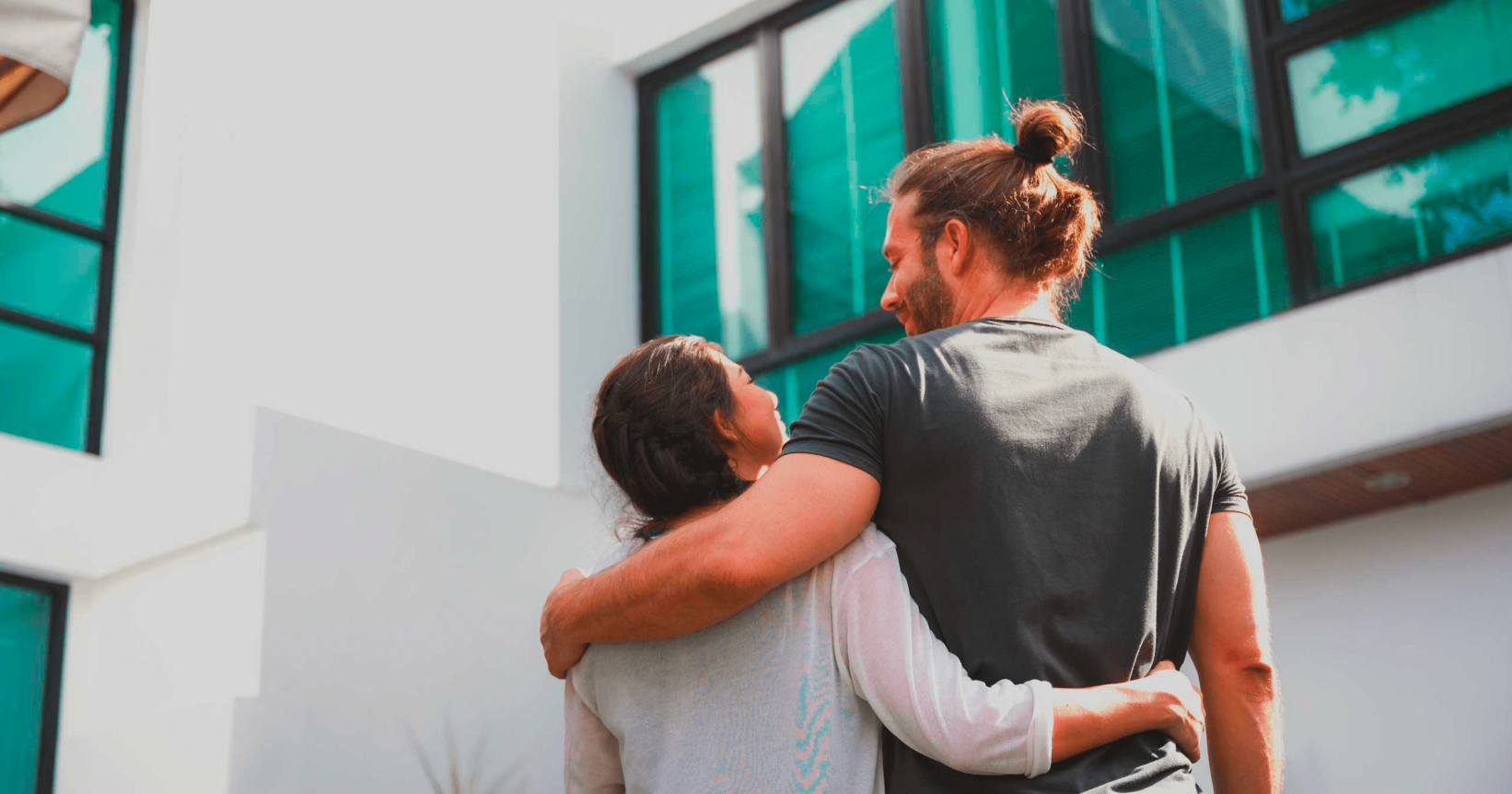Purchasing your first home: HBP or FHSA?

Planning to buy your first home? If you want to make this dream come true, then you understand the importance of saving for a down payment.
You have several options including the Home Buyer’s Plan (HBP) or the new First Home Savings Account (FHSA) (This hyperlink will open in a new tab). But which one is right for you? Let’s take a look at the options.
Let’s start with the HBP
Have some RRSPs saved up? Then you can use them under the Home Buyer’s Plan to finance your home.
You can withdraw up to $60,000 from your RRSPs (up from the previous limit of $35,000) without paying taxes. These funds can come from multiple RRSP accounts, except for certain locked-in retirement accounts or group RRSPs. You must be the primary owner.
After 5 years, you must put 1/15 of the amount back into your RRSP (about 6.66%) of the amount withdrawn each year for 15 years.
And what if you don’t have RRSPs?
Did you know you can get an HBP loan? It’s a temporary loan to contribute to your RRSPs and then take advantage of the HBP.
Besides boosting your down payment, what’s another benefit? Tax savings. It’s really the best of both worlds!
There’s a new player in town: the FHSA
Since 2023, Canadians have been able to put money aside as a down payment towards their first home under the FHSA.
Some see the TFSA and RRSP as the best of both worlds:
- You can deduct your contributions on your tax return.
- You can withdraw from your FHSA without paying taxes (on an eligible withdrawal (This hyperlink will open in a new tab)).
- You don’t need to reimburse the amount withdrawn from your FHSA.
- Returns accumulate tax free.
How does it work?
You can open one or more FHSAs with a financial institution:
- insurers
- banks or credit unions
- trust companies
New account?
Inform the federal government that you opened your FHSA, even if you haven’t contributed. How? By filling out Schedule 15 – FHSA Contributions, Transfers and Activities (This hyperlink will open in a new tab) when you file your tax returns.
It’s time to make contributions!
You can contribute up to $8,000 a year to an FHSA, up to a maximum of $40,000 over 15 years. If you don’t contribute in a year, you can carry forward up to $8,000 the following year. But take notice! This amount is not cumulative like RRSPs.
You can refer to your last Canada Revenue Agency notice of assessment for the amount you’re entitled to contribute.
Contributions can come from your personal savings, transferred RRSPs (without paying tax) or other FHSAs. The amounts from a TFSA or other savings and retirement plans are not eligible.
For contributions and withdrawals, the issuer of your FHSA will provide you with a tax slip.
Withdrawals
You can withdraw the amount of your choice from your FHSA.
Last step: closing the FHSA
You must close your FHSA as soon as the first of the following events occurs:
- The year after your first withdrawal
- 15 years after you opened the FHSA
- December 31 the year you turn 71
And what if you don’t buy a home?
You have 15 years to buy a house after you open your FHSA.
If you don’t buy a home, you have 2 options:
- Transfer the balance of your FHSA to your RRSPs without paying tax
- Make a taxable withdrawal from your FHSA
But are you a first-time buyer?
The answer to that question is not as simple as it seems.
Everything revolves around the definition of first-time buyers (This hyperlink will open in a new tab).
When opening an FHSA and for the HBP
You and your spouse must not have lived in an eligible home (This hyperlink will open in a new tab) in the 4 years before opening your FHSA or withdrawing from your RRSPs.
On an eligible withdrawal
The concept of spouse only becomes relevant when you open your FHSA.
Once your FHSA is open, your spouse will no longer affect your first-time buyer status.
Other conditions to meet
- You must be a resident of Canada from the time you withdraw from your RRSPs or FHSA until you take possession of your home.
- You must have a written agreement for the purchase or construction of your home. A pre-approval mortgage confirmation is not accepted.
- Your home must be your primary residence one year after its purchase or construction.
HBP or FHSA?
Certain scenarios or investor types may be better suited to one savings plan over the other.
HBP:
- Rush purchase after opening an FHSA
- Quick buyout during the separation of a homeowners’ couple
- High savings capacity
- Buying a home after withdrawing from the FHSA
- Very young individuals
FHSA:
- Plan to buy a first home within 10 to 15 years
- Young people aged 18 to 31 with good savings capacity
- Renters
- RRSP contribution limit reached
- Tax deferral without affecting contribution limits
- Moving in with your spouse who owns a property
In all cases, consult your advisor. This way, you’ll be able to choose the best option for buying your first home.
Can both be used towards purchasing a first home?
Yes, the HBP and FHSA can be combined!
Does your spouse also have a FHSA? Then you can combine it with yours to buy the same home. A key requirement is that both of you must be considered first-time buyers.
Before your purchase offer is accepted
You just need to finalize the last details, but most importantly, plan for all the costs related to buying a home.